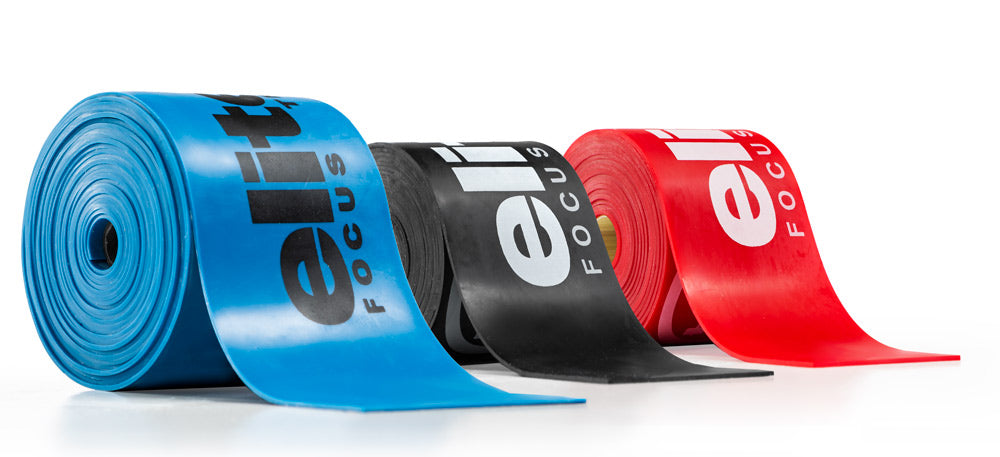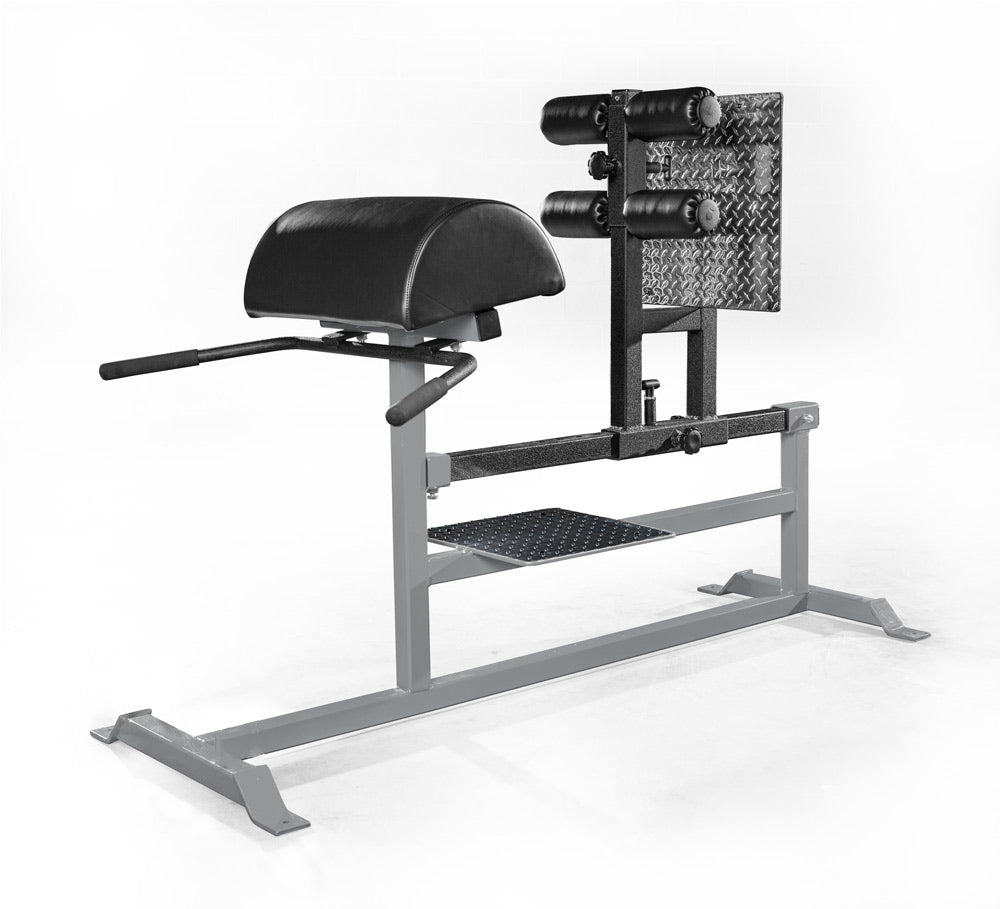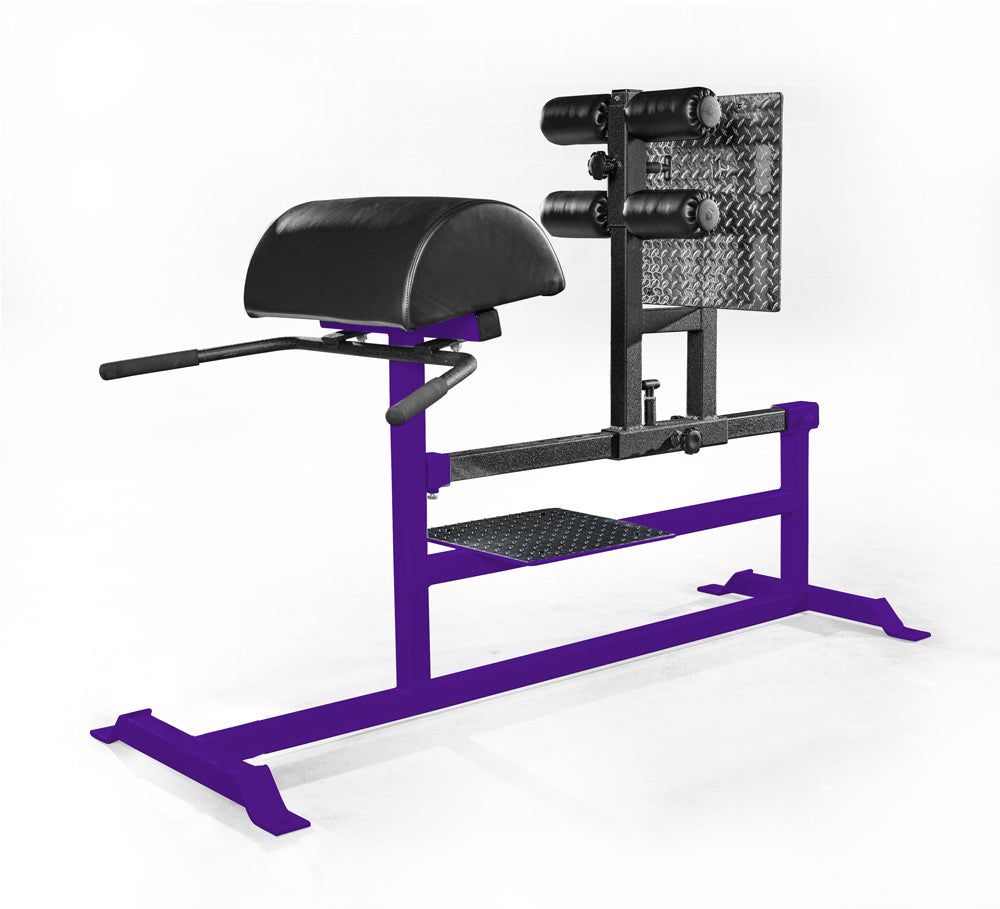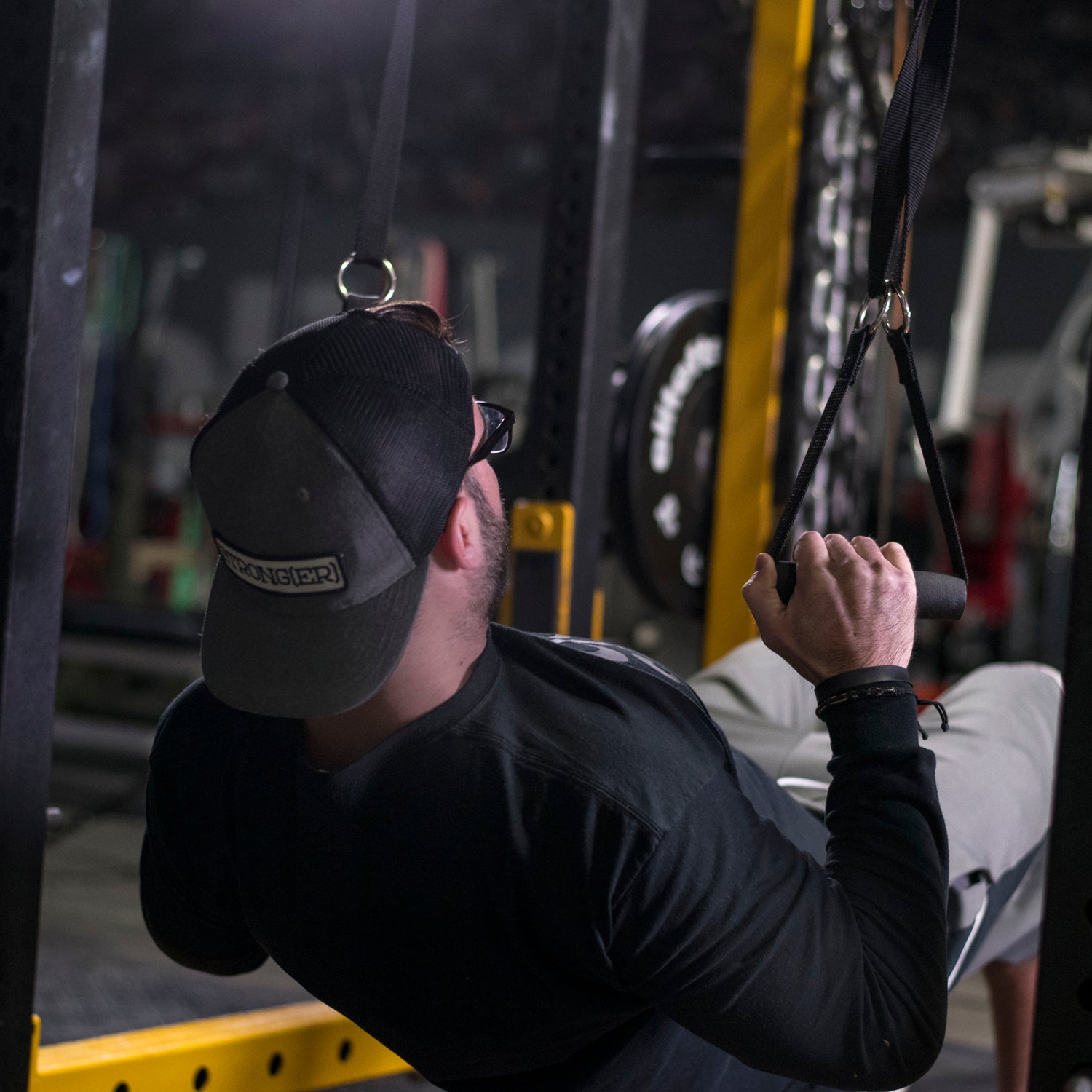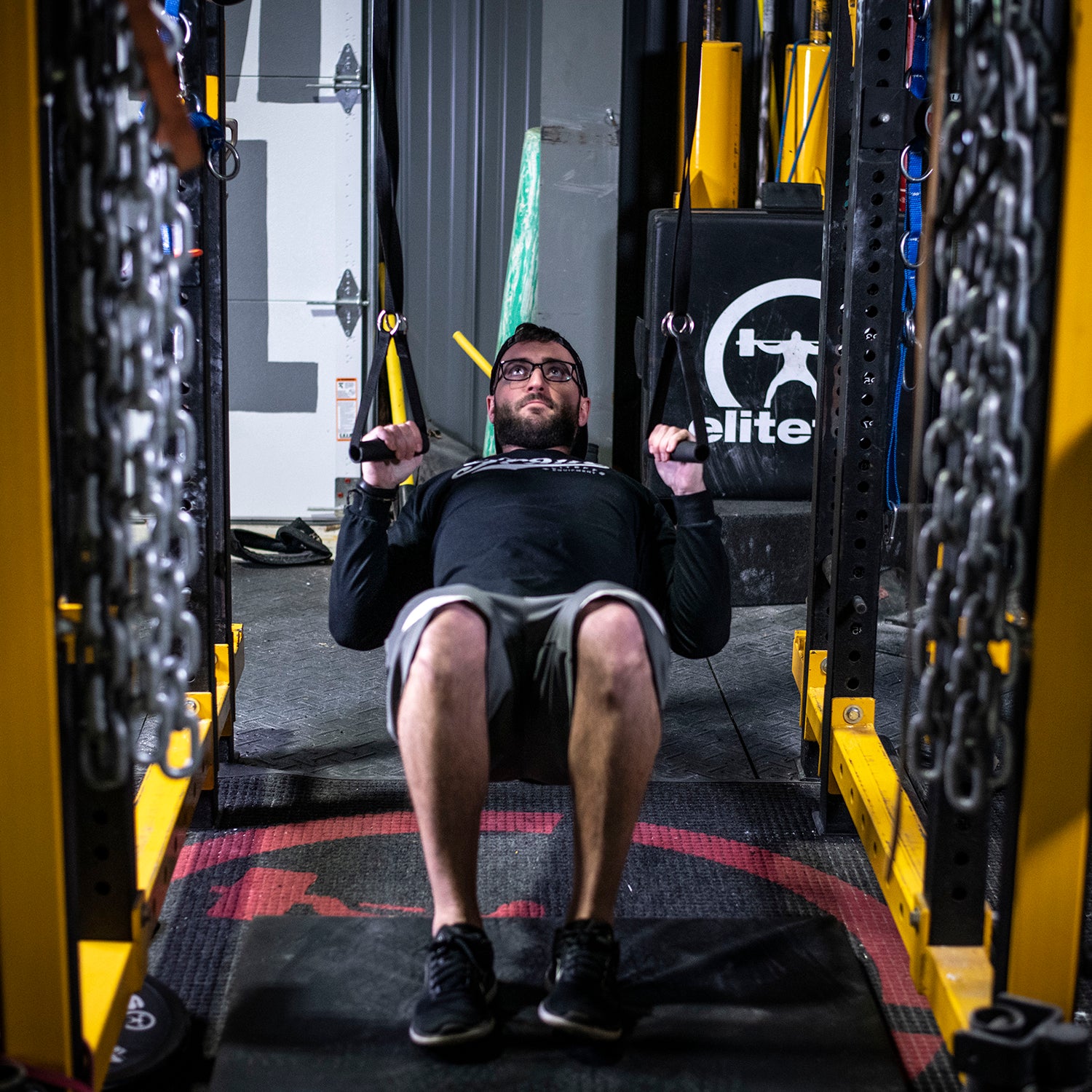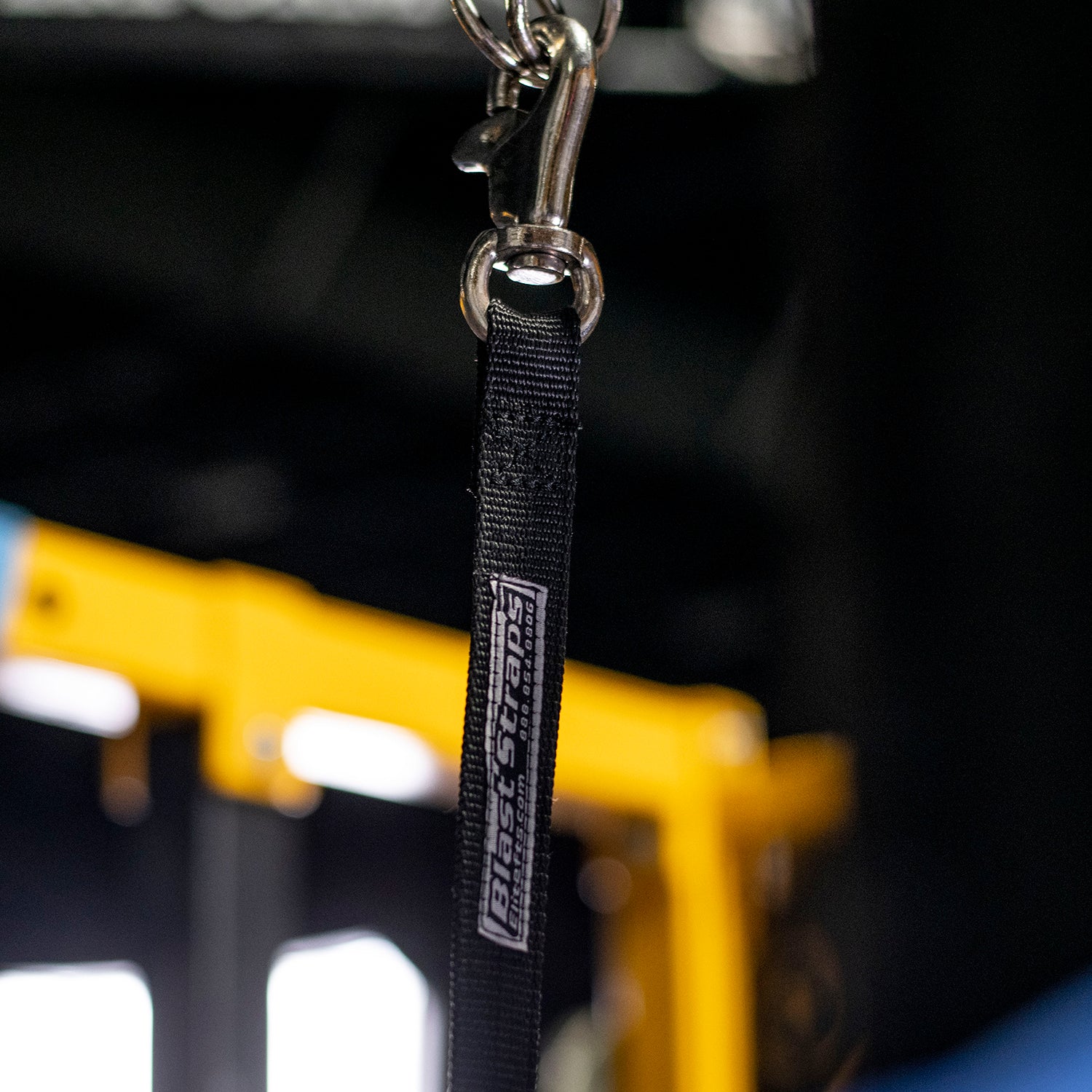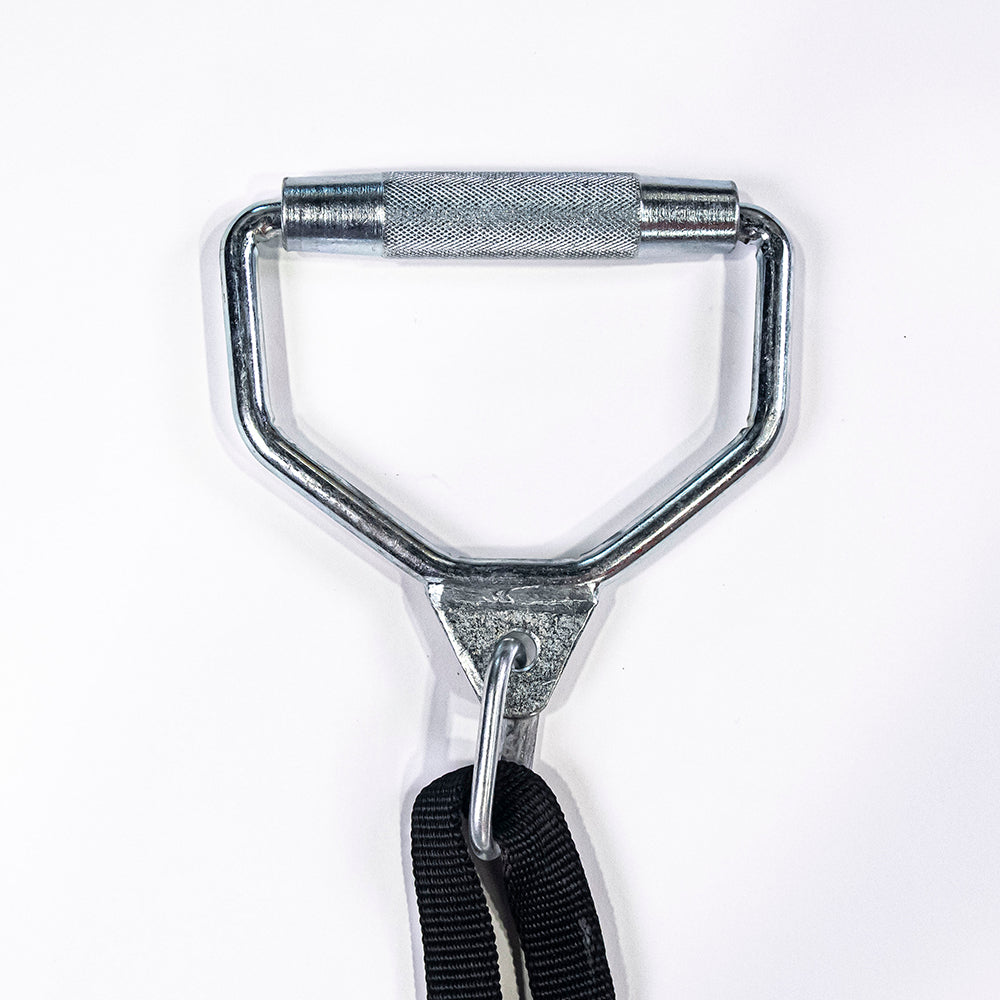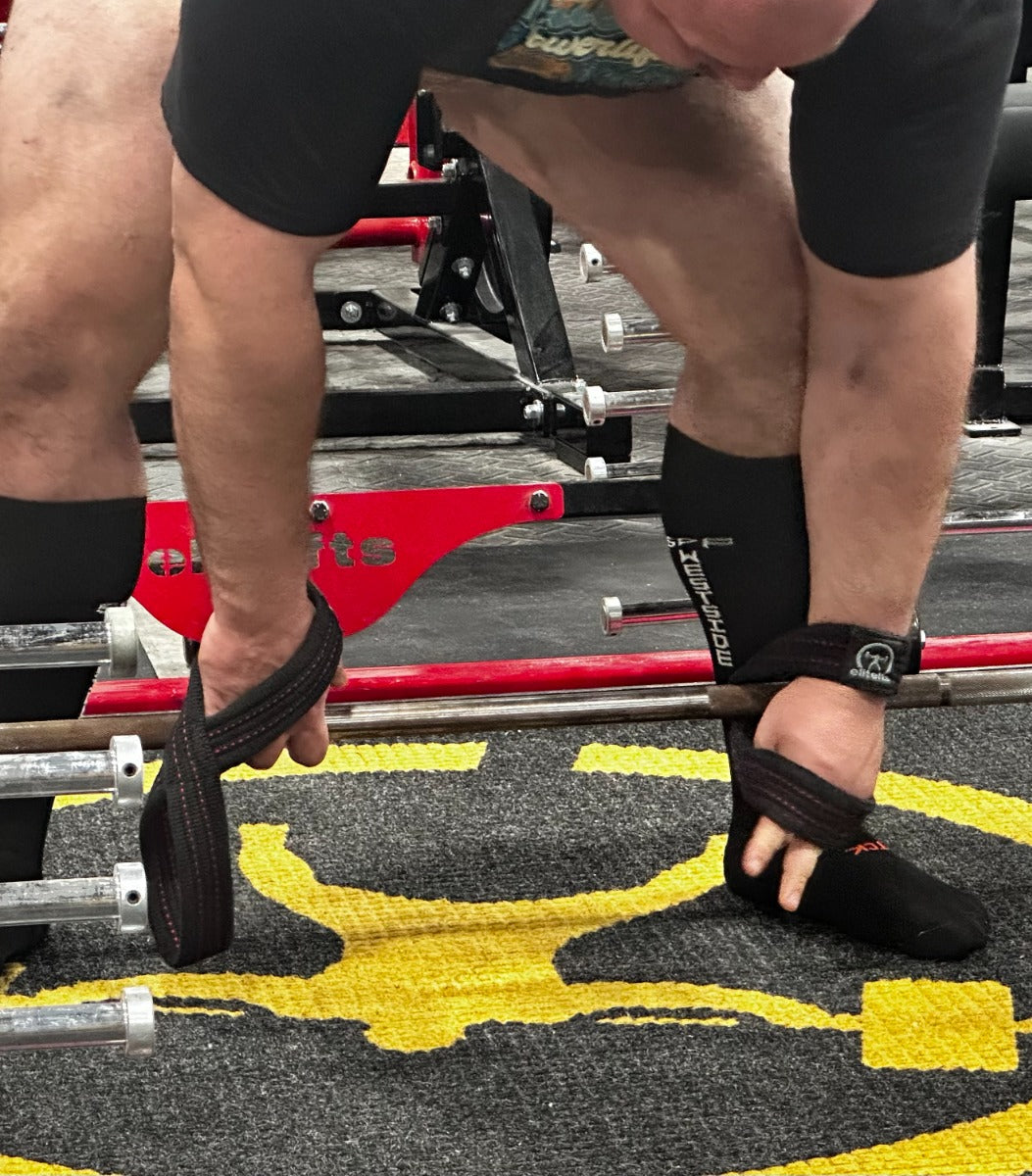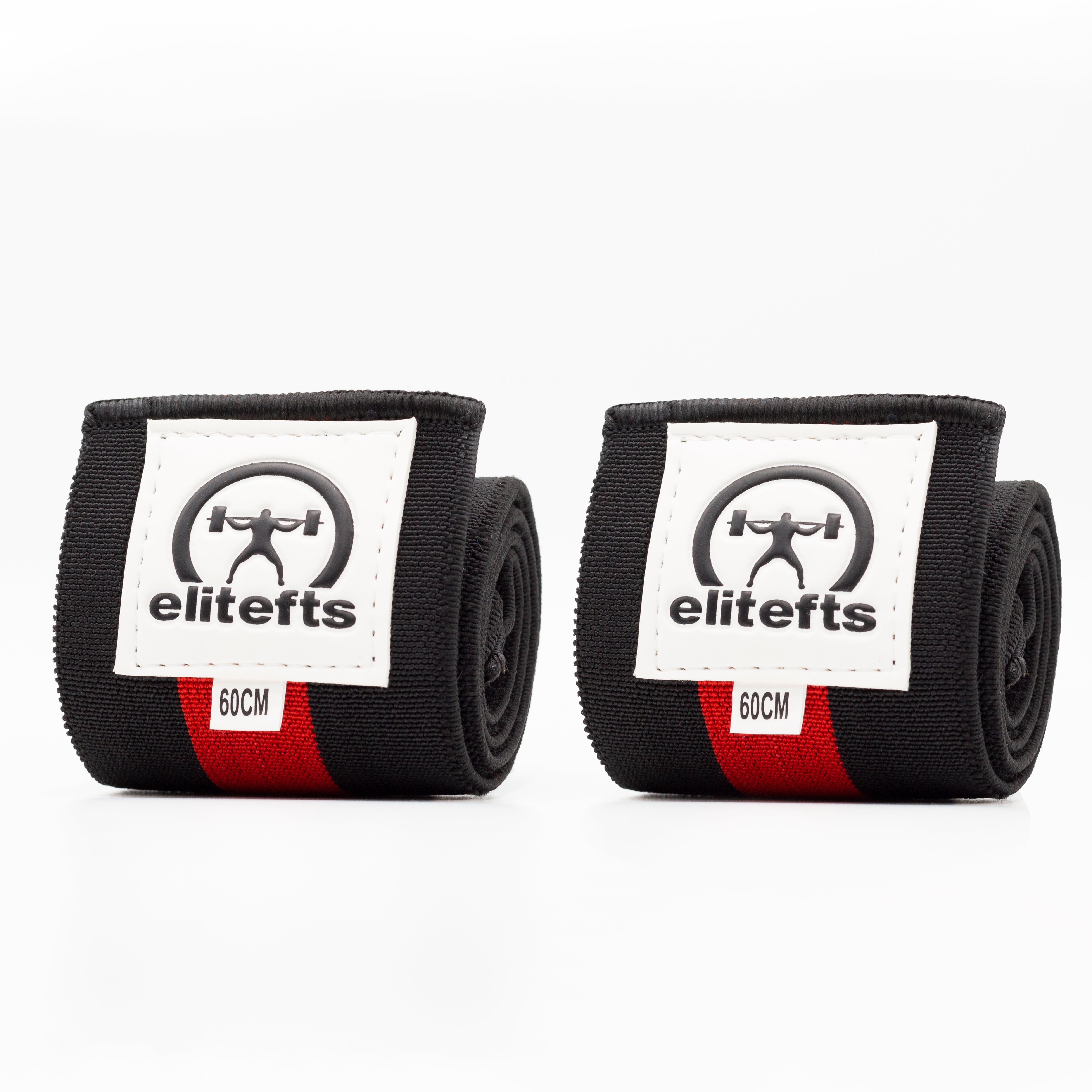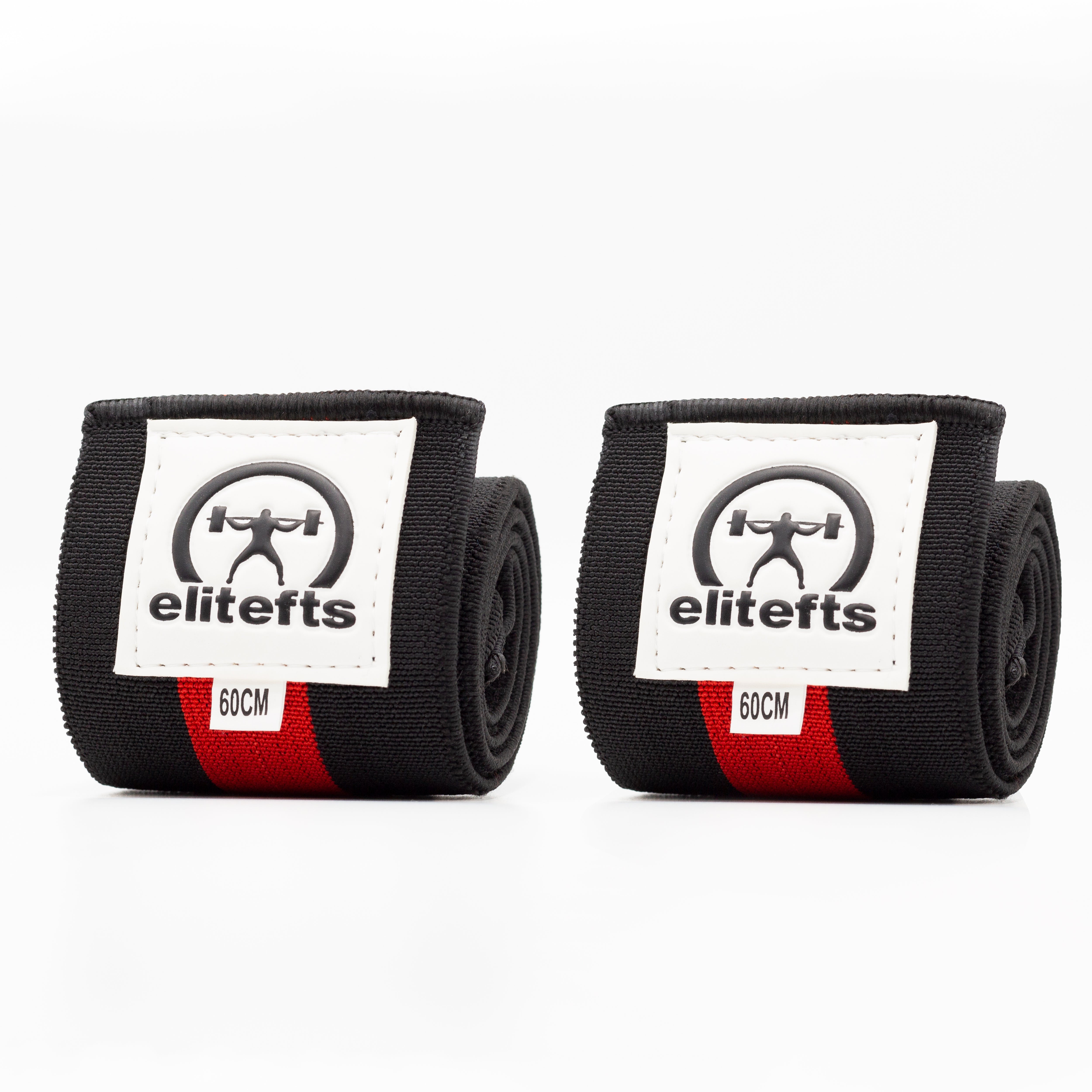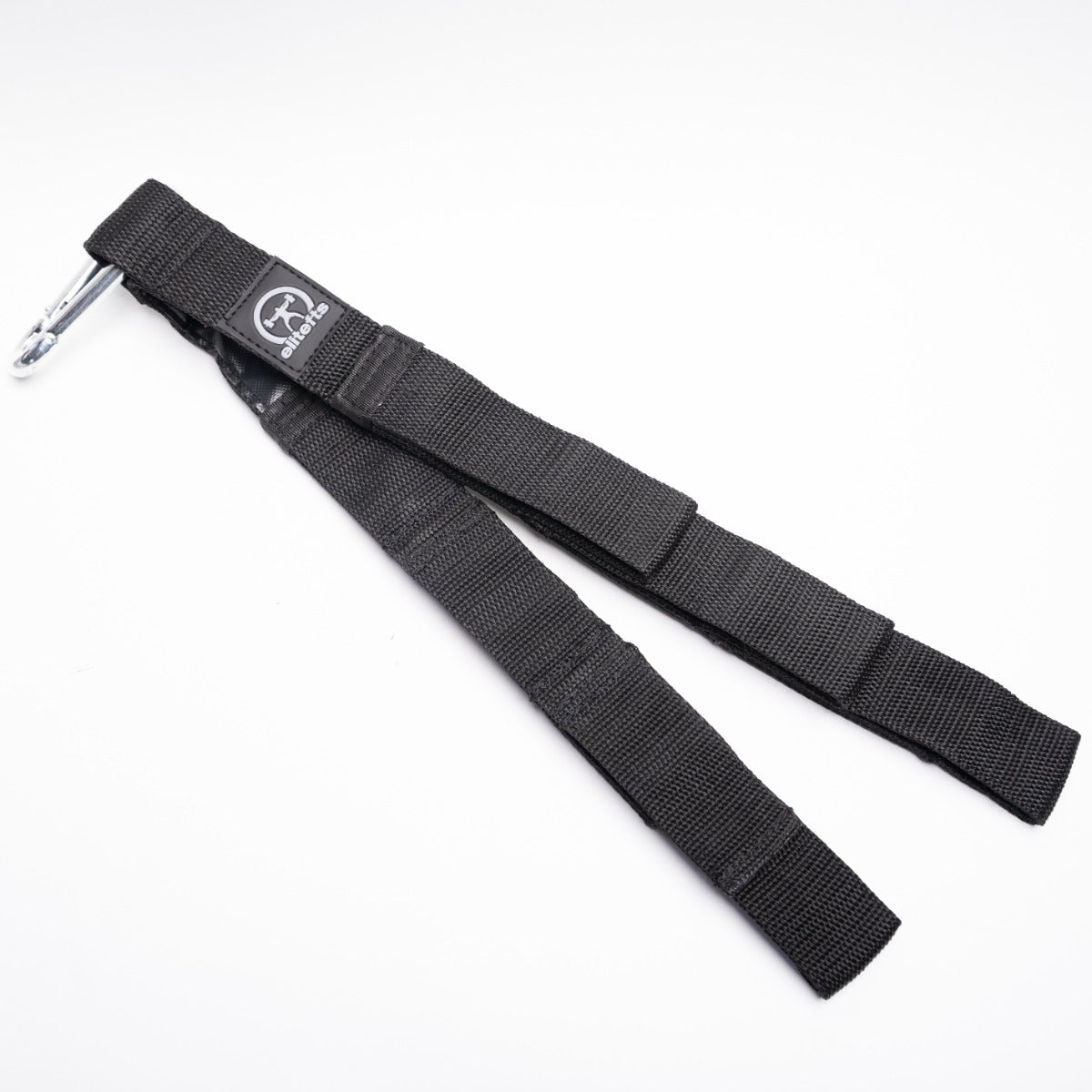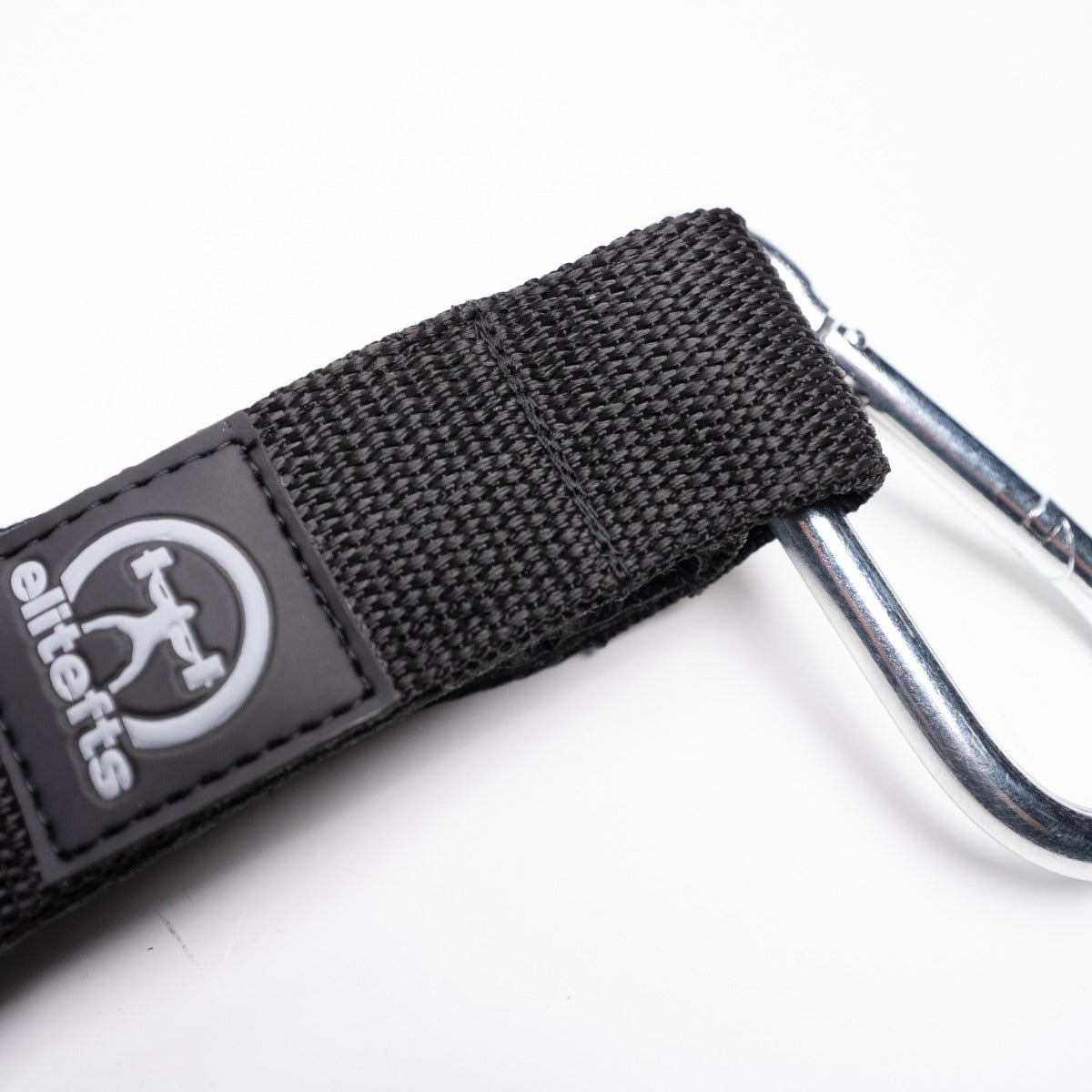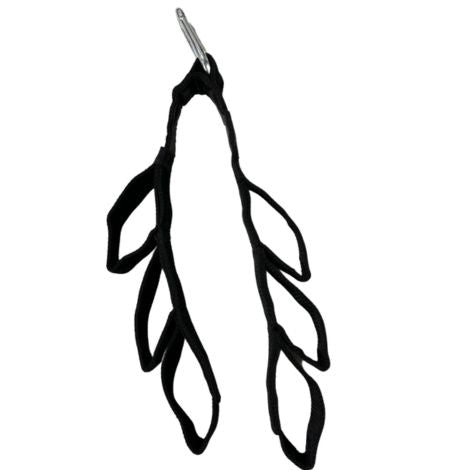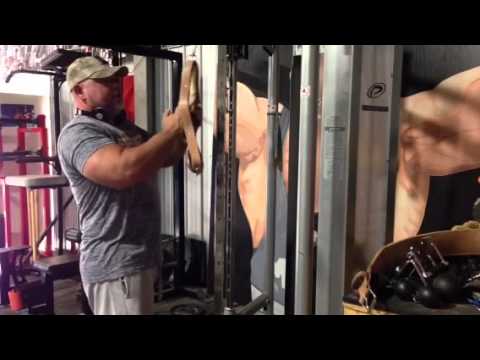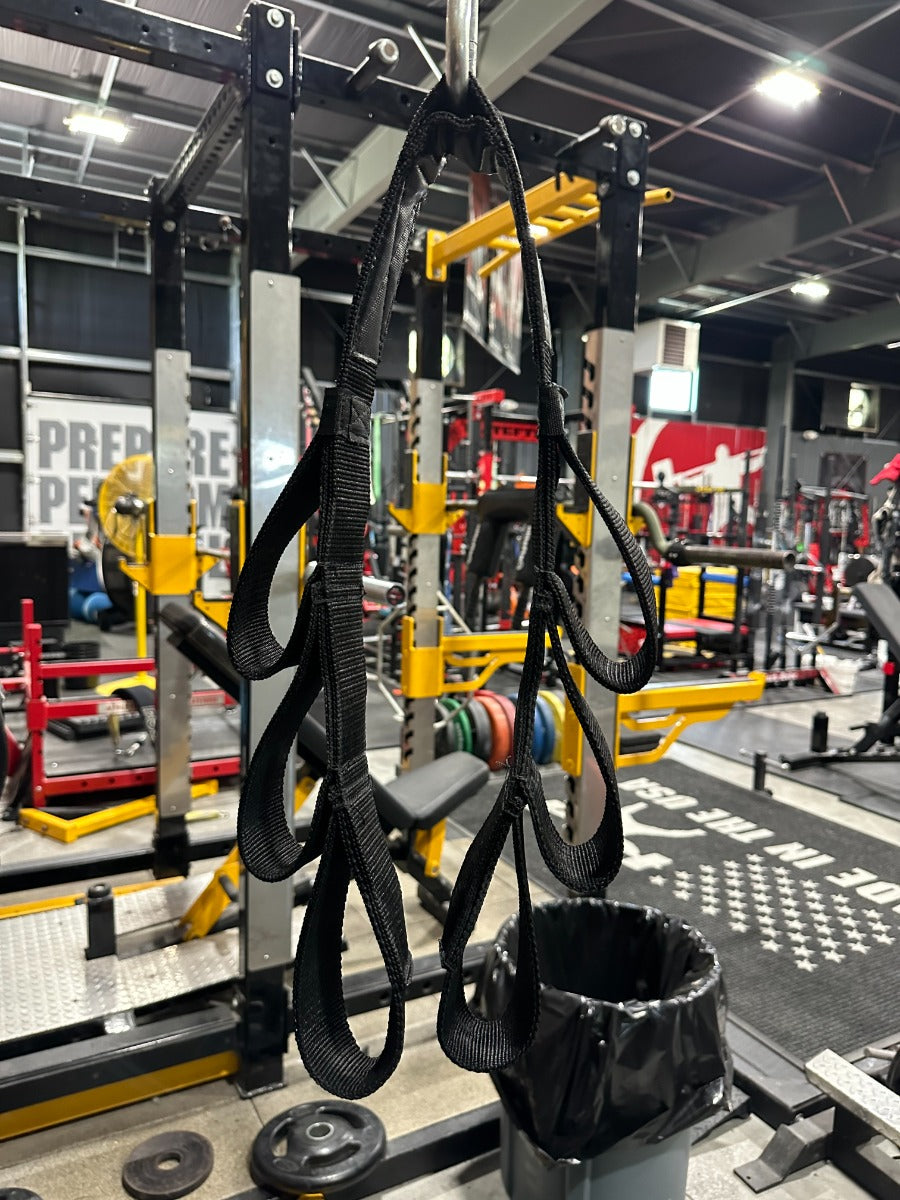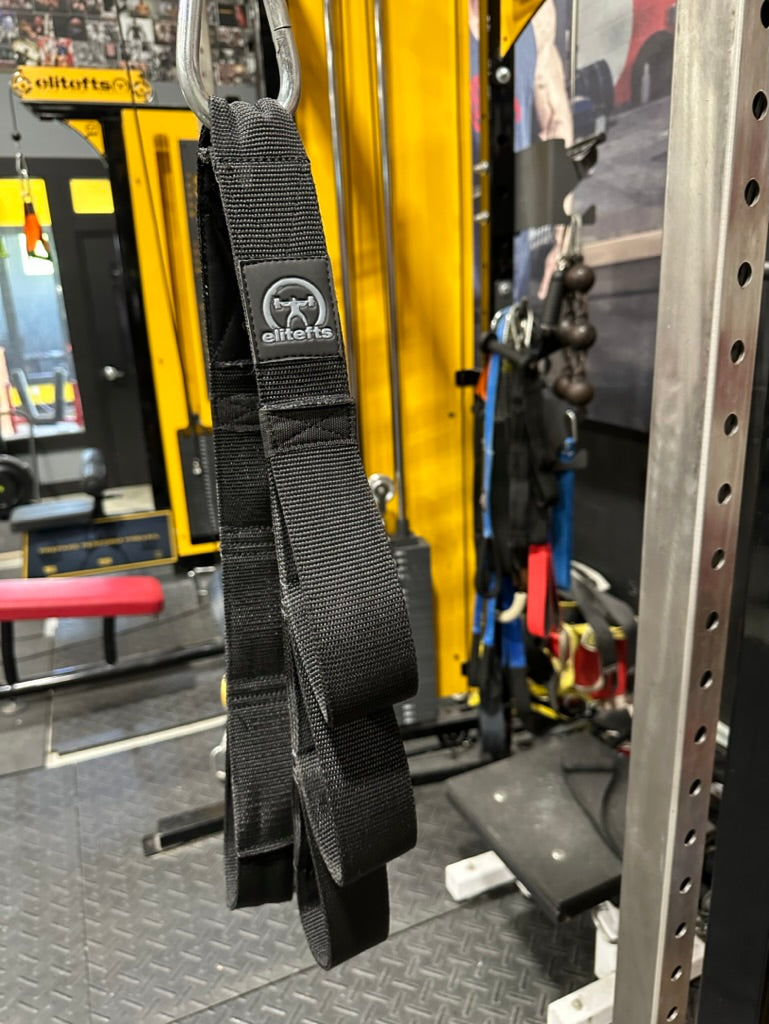
For anyone who has spent time far far away in a land much hotter (or colder) than home, this section should not be a surprise. The fitness levels required for deployment life are much different than the fitness test in which you are expected to excel. This is something I and others have struggled with since we first entered the military. The Marines seem to be leading the charge in getting this right with their new Combat Fitness test. While some may debate its specifics, they also put out a great publication years ago on treating Marines as athletes. I will go into more detail in the deployment training section, but I’m not sure many people have experienced running 1.5-2.0 miles to get away from the enemy unarmed while wearing PT shorts and running shoes. I also have never had my waist measured before I got on a convoy with EOD to help blow up old/captured munitions (and we AF types wonder why the other services make fun of us for PT). As I alluded to earlier, there is always the option of just meeting PT standards, but for many personal (pride) or professional (leading by example) reasons this may not be feasible. Believe it or not, people tell me I’m actually a halfway decent officer (I’m not sure if you know this, but I’m kind of a big deal... many leather-bound books) and I feel a big reason for this is leading from the front and excelling in the standard PT sessions in addition to the weight room. Training for the PT Test To be honest, I dreaded writing this section. Mostly because if you are already training properly, then your training for this should be pretty much taken care of (also because this is one of the last sections I tackled). Just add a little more running as you get closer and you should be good. The law of specificity always applies, to get better at running you must do some running, to get better at pushups, do pushups, etc., but again, if you are training properly and consistently the PT tests really should not be a big deal to get a decent score on. Obviously, if you want to max the test you need to do more work on the specific areas, and if you just want to meet standards so you can concentrate on getting bigger and stronger, just do the minimum you need to pass. I’ve gone through both evolutions (to the point of even doing a heavy squat workout a few hours before taking my PT test), and for now I try to reach a happy medium and put up a decent score without wasting a whole lot of time, if any, training specifically for it. If you need to quickly increase your cals, the whole "multiple sets of about ½ your max multiple times a day" seems to work pretty well. If you need to drop your run time dramatically and quickly, doing fartleks or sprint/jogs such as Indian (First American?) runs can be very effective but please refer to my earlier statement on the danger of jumping into anaerobic-lactic means too quickly. Individual Training While Deployed Two items that I think every soldier should pack in their deployment bags are a jump rope and a TRX (or TRX-like system). Since Elite sells the TRX I can get away with saying that Blast Straps, while a great piece of equipment, don’t make the cut simply because they are too heavy and take up too much space when you’re loading up an already-too-heavy ruck. My first deployment to Africa, I spent the majority of the deployment in civilian clothes “blending in” with the local populace while directing reconstruction projects. I say “blending in” because even in civilian clothes I’m not sure how many 235 lb sunburned, red-haired individuals of Irish descent there were walking around some of the remote villages we visited. There was usually no secure area for us to run and using the term “fitness center” would get you nothing but funny looks, but I was able to keep up my conditioning and cardiovascular fitness by doing jump rope intervals wherever we stopped for the night, whether that be a small hotel room, a safe house, or a small secured compound. Jumping rope has all sorts of benefits besides just conditioning, and there is really no excuse for not being able to fit in a short session wherever you go. The TRX makes the cut because it makes bodyweight training much more versatile and challenging. I shouldn’t have to sell anyone on the benefits of suspension training; many people much smarter than I have mentioned it on this site so take their word for it, not mine. It’s lightweight and compact and is designed to be used almost anywhere (HUMVEE attachments, bars, doorways, etc). Again, I have no financial stake in any of this and own both the TRX and Blast Straps so take this for what it’s worth. I did take my Blast Straps on my second deployment and got a lot of use out of them, but I was in a more stable location that time and hadn’t purchased a TRX yet. If the price tag of the TRX bothers you, either try and get your unit to purchase a small number of them or make your own like we did on my third deployment from nylon/cargo straps and flexible PVC (thanks to James Smith for the idea). There are a lot of useful tools for the development of military fitness, but these two are portable and versatile enough to cover all your basic needs in a pinch if you are creative enough. The setup below was constructed out of a CONEX with 4x4s as bracing, old leftover tent pools, 1.5” nylon straps, flexible PVC, and having the right people working for you (see the section below on being nice to the engineers). It took about a days worth of work for 4-5 people and was well worth it. The CONEX is still operational.

Next: Case Study on Implementing a PT Program While Deployed



























